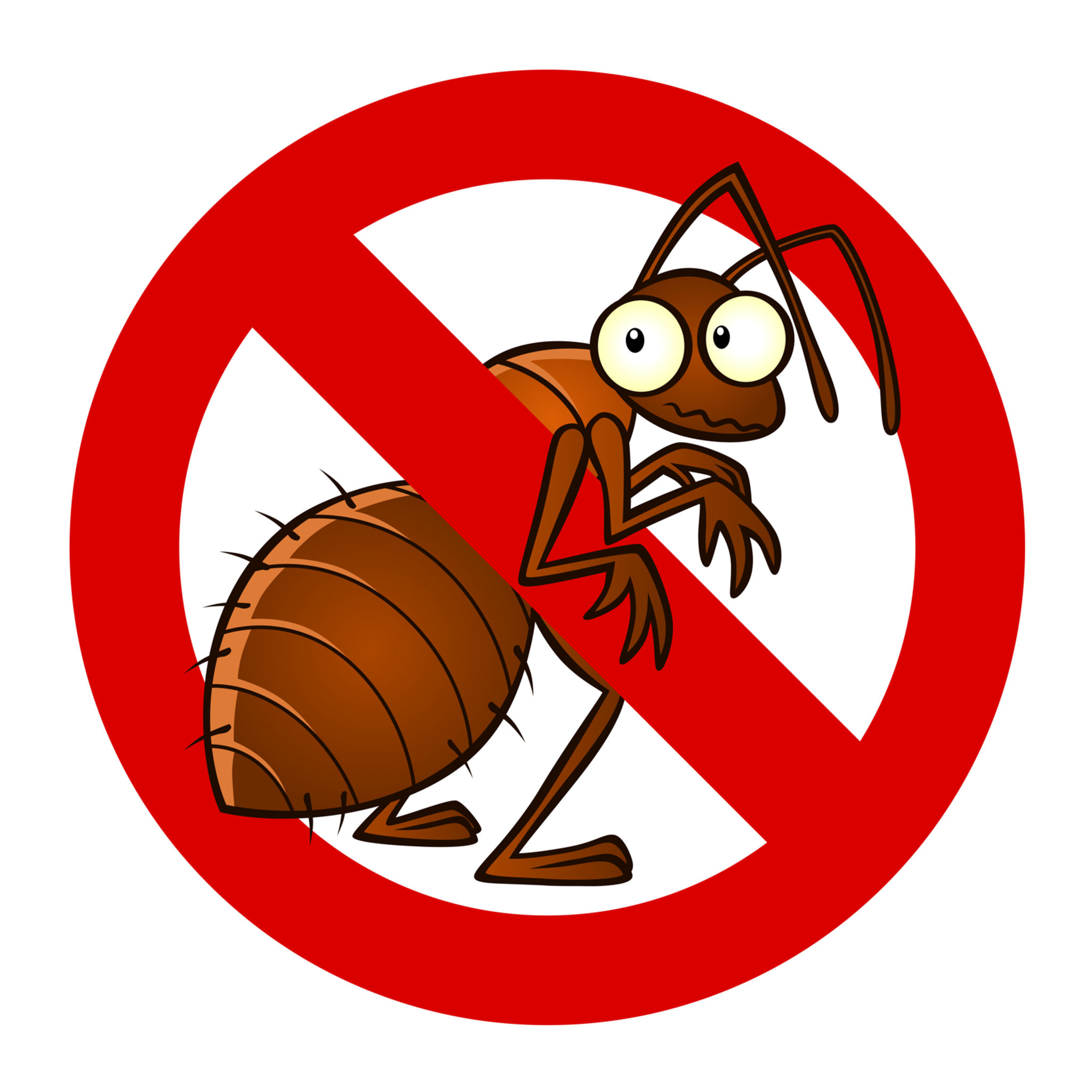A1 Pest Control Charlotte NC Bed Bugs - Expert Extermination Services
A1 Pest Control Charlotte NC Bed Bugs - Expert Extermination Services
Blog Article
Bed Pest Therapy Break Down: Comparing Chemical Vs. Non-Chemical Solutions
In the realm of parasite control, particularly when dealing with the persistent issue of bed insects, the selection in between chemical and non-chemical treatment solutions can be an essential one. Both strategies supply distinct advantages and disadvantages, influencing aspects such as performance, security considerations, and general price. By taking a look at the nuanced information of each method, a clearer understanding of which path to go after in attending to a bed bug infestation can be acquired.
Efficiency of Chemical Therapies
Chemical therapies for bed pest infestations have been extensively recognized for their powerful and rapid efficiency in eradicating these insects. When taking into consideration the performance of chemical treatments, it is important to recognize that they can supply a quick and detailed option to a bed bug issue. Professional exterminators typically depend on insecticides to target bed pests at various stages of their life cycle, consisting of eggs, adults, and nymphs. These chemicals normally work by disrupting the bed bugs' nerves, resulting in paralysis and eventual death.
Additionally, chemical therapies have the benefit of providing residual results, meaning that they can remain to get rid of bed bugs also after the preliminary application. This residual action is especially valuable in combating any prospective re-infestations. Furthermore, the quick activity of chemical therapies can bring alleviation to individuals dealing with severe bed insect problems, permitting them to reclaim control of their home promptly.
Safety Interest In Chemical Solutions
One vital facet that requires mindful consideration when utilizing chemical options for bed pest therapy is making sure the security of passengers and the setting. Direct exposure to specific chemicals used in bed bug therapies can lead to respiratory system concerns, skin irritability, or other adverse responses, particularly in individuals with pre-existing conditions or level of sensitivities.
In addition, the ecological influence of chemical remedies is one more substantial factor to consider. Some chemicals used in bed pest therapies may be damaging to helpful pests, wildlife, and environments if they seep into the soil or water systems. It is vital to make use of chemical therapies deliberately, complying with safety and security standards, and thinking about much less harmful alternatives to alleviate these dangers and make certain the safe and efficient administration of bed bug problems.
Advantages of Non-Chemical Techniques
Taking into consideration the possible security worries and environmental influence connected with chemical options for bed pest therapy, checking out non-chemical strategies presents an appealing choice with a number of unique benefits. Non-chemical therapies are ecologically friendly, as they do not add to air or water contamination, making them a lasting option for insect control.
Additionally, non-chemical remedies can be reliable in targeting bed pests, including hard-to-reach locations where chemical therapies may not pass through - A1 charlotte pest control companies. Techniques such as warmth treatment, vacuuming, steam cleaning, and mattress coverings provide thorough obliteration without the usage of damaging chemicals.
Limitations of Non-Chemical Treatments

Additionally, non-chemical therapies often need several applications to attain successful elimination. This can be time-consuming and may not always guarantee total removal of all bed insects and their eggs, specifically in covert or hard-to-reach places.
Moreover, the success of non-chemical treatments greatly relies on correct execution and thoroughness, which can be testing for people without professional experience. Inadequate application of non-chemical methods may cause insufficient removal, causing relentless infestations and the need for additional treatments.
For that reason, while non-chemical treatments have their benefits, it is necessary to acknowledge these restrictions and consider them when identifying one of the most reliable strategy for handling bed pest infestations.
Expense Comparison: Chemical Vs. Non-Chemical Options
Provided the limitations linked with non-chemical treatments, a vital element to assess in the context of bed insect administration is the expense comparison between chemical and non-chemical alternatives. Chemical treatments commonly entail the application of insecticides by professionals, which can vary from $250 to $900 per room, relying on the extent of the infestation and the dimension of the area to be dealt with. In contrast, non-chemical treatments like warm treatment or vapor can be more costly, with costs varying from $1,000 to $6,000 for an entire home. While the initial expense of chemical therapies may seem lower, numerous treatments might be needed to totally get rid of the infestation, potentially increasing the general expense. termite companies On the other hand, non-chemical options may supply a more eco-friendly and sustainable solution, although they can be cost-prohibitive for some individuals. click here for more info Inevitably, when thinking about the price of bed insect therapy choices, it is essential to evaluate the upfront expenditures versus the efficiency and long-term sustainability of the picked approach.
Verdict

Considering the prospective safety and security issues and environmental impact connected with chemical services for bed pest treatment, discovering non-chemical strategies offers an appealing alternative with a number of distinct advantages.Offered the restrictions linked with non-chemical therapies, an important aspect to examine in the context of bed pest administration is the expense contrast in between chemical and non-chemical alternatives. In comparison, non-chemical treatments like warm treatment or vapor can be extra expensive, with prices varying from $1,000 to $6,000 for an entire home. While the preliminary expense of chemical treatments might seem lower, multiple therapies may be required to completely get rid of the infestation, potentially raising the total cost.In conclusion, when contrasting chemical and non-chemical bed insect therapy options, it is important to think about performance, security, advantages, restrictions, and cost.
Report this page